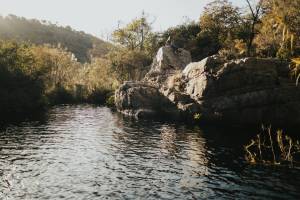
5 Refreshing Swimming Spots in and Around Johannesburg
Johannesburg may be landlocked, but that doesn’t mean you can’t enjoy a day of clear...
 20 November 2025
20 November 2025 
South Africa is a wonderfully diverse country and has it all, from culture and cuisine to wildlife and nightlife. Touring this beautiful destination in a rental car is possibly the best way to explore everything it has to offer.
You can go where you want, when you want, and not have to worry about catching public transport or taxis. It’s also relatively affordable.
If you’re after total flexibility and freedom, keep reading for our complete guide to car hire in South Africa.
Car hire companies in South Africa have an extensive range of cars to choose from, from standard sedans and budget compact cars to luxury SUVs and 4×4 vehicles. Booking rates are very competitive compared to other countries.
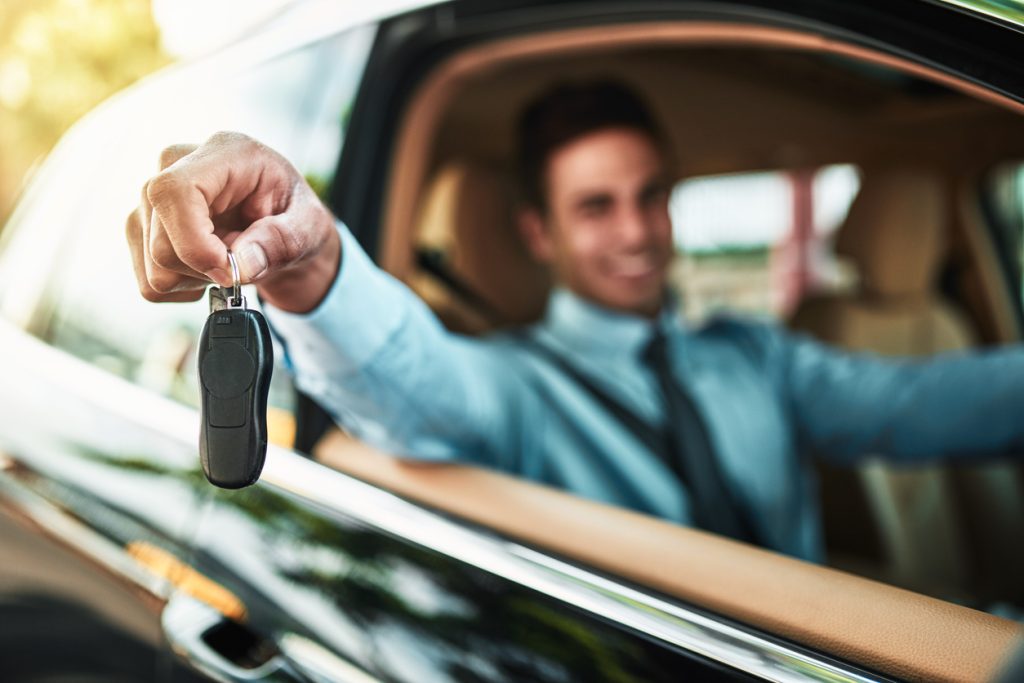
Above: Businessman Holding the Keys to His Hired Car
You can rent your car from most airports in South Africa and this saves you the hassle of trying to find an agent in the cities.
We suggest booking your rental car as early as possible to have the best selection and availability.
This is especially true in South Africa where demand for cars is high during the peak tourist months from October to March. Consider Drive South Africa for car hire in South Africa.
We suggest renting the biggest car you can afford if you’ll be traveling for more than a few days.
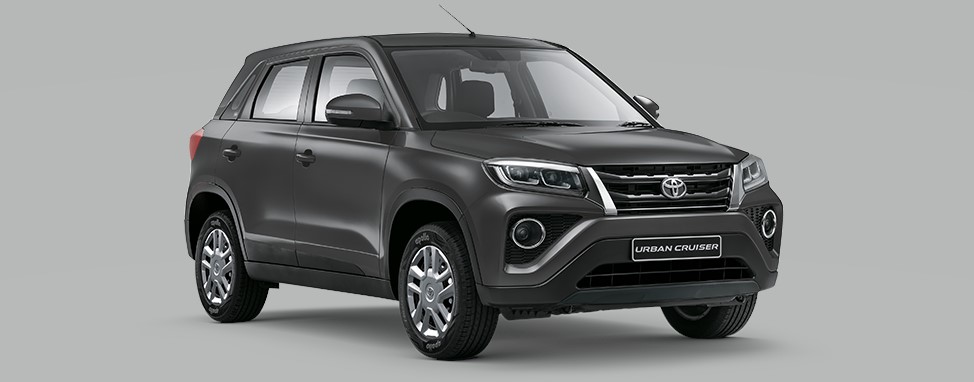
Above: Toyota Urban Cruiser, Book Now!
Bigger cars are more comfortable and because drive times in South Africa can be long, you’ll be happy for the extra space and legroom.
For the most part, road conditions in South Africa are good. The only time you’ll need a 4×4 is if you plan on exploring the more rugged parts of the country like Lesotho or some of the National Parks.
You’ll need a valid driver’s license, a credit card, and your passport. In addition, you’ll need an International Driver’s Permit. You’ll have to purchase your International Driver’s Permit in your original driving license country before you travel.
In South Africa you’ll need to drive on the left hand side of the road.

Above: Couple Road Trip, Cape Town.
Your steering wheel is on the right hand side of your rental car, but the pedals are the same layout as in any other car.
Speed limits vary frequently in South Africa, with the most common being 60, 80, 100, and 120 kp/h.
Slow down when you’re entering or leaving towns and keep an eye out for mobile and fixed speed cameras.
Road quality in South Africa is very good, especially in the Western Cape. Non-primary roads in the Eastern Cape tend to have potholes, so exercise caution when driving in these areas.
With a local SIM card, you’ll have pretty good mobile reception which makes using Google Maps easy in South Africa. For some of the more sparsely populated regions you might want to hire a GPS for offline navigation.
We suggest checking your planned routes before you set out each day.
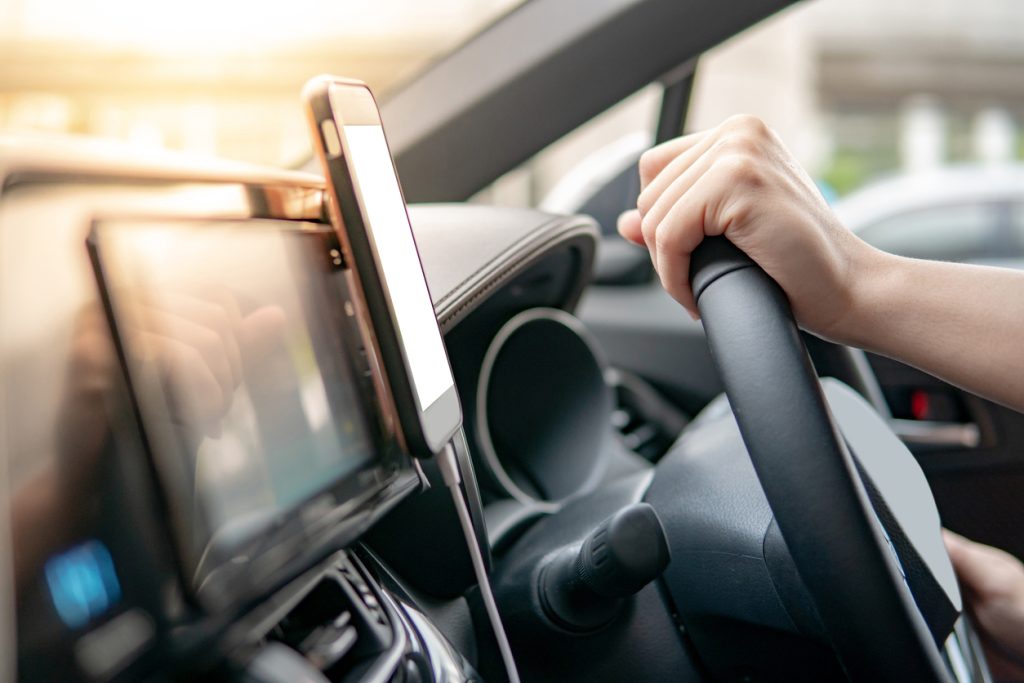
Above: Driver Using GPS System to Navigate.
You don’t want to end up on a dirt road just because it looks like a shorter trip because poor road conditions could slow you down anyway.
Seeing the wildlife is one of the highlights of a South African road trip. There are a number of National Parks and Game Reserves with good road networks that you can even travel in a standard sedan.
Just remember to stick to the driving rules and regulations. If you’re planning on staying in a lodge, check with them about road conditions before you venture out as some may require a 4×4 vehicle.
There’s no lack of parking in most towns and cities in South Africa. Most car parks have parking attendants and it’s customary to give a small tip for them watching over your vehicle.
Official parking attendants charge a standard price for parking. Never leave valuables in your car while it’s parked, as theft is a problem.
Most of the major rental companies allow their cars to be taken across borders. This can be useful as rental prices in South Africa are cheaper than renting a car in neighboring countries.
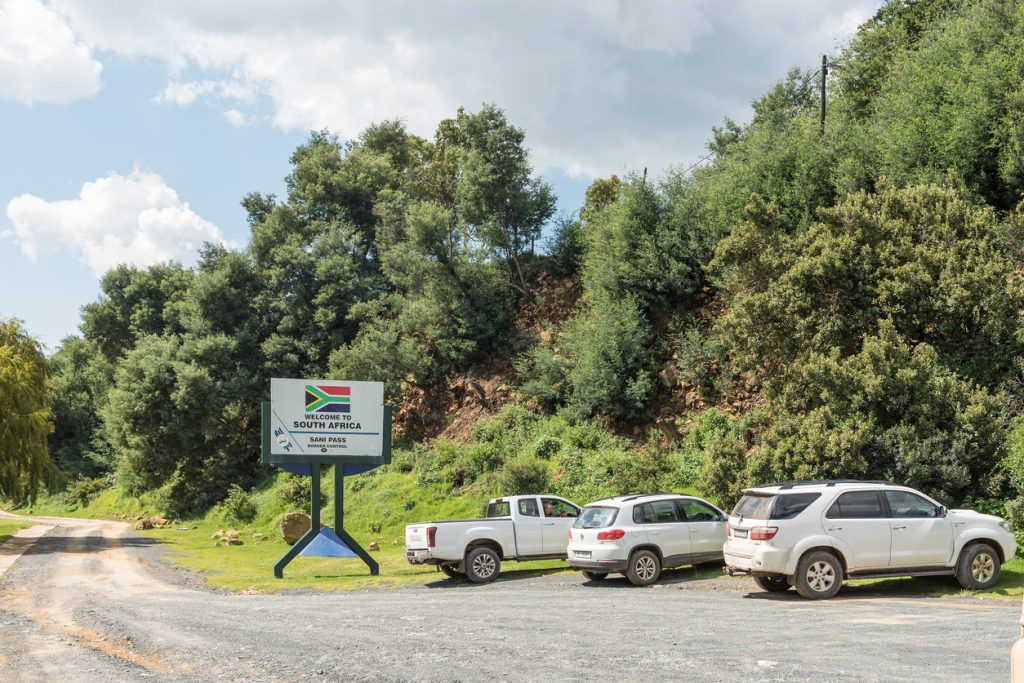
Above: South African Border Post at Start of Sani Pass
If you plan on driving in other countries, let your rental agency know as you’ll be required to show a letter of permission at border crossings.
Lots of people walk on the hard shoulder after dark and don’t wear reflective gear so this can pose a significant risk when driving at night.
Many of the roads don’t have reflective road markings or even cats-eyes, so it can be difficult to see the road at night.
The chances of seeing animals on the road increase the further east you travel in South Africa. It’s not uncommon to come across herds of goats and cows wandering in the road and this is especially dangerous driving at night.
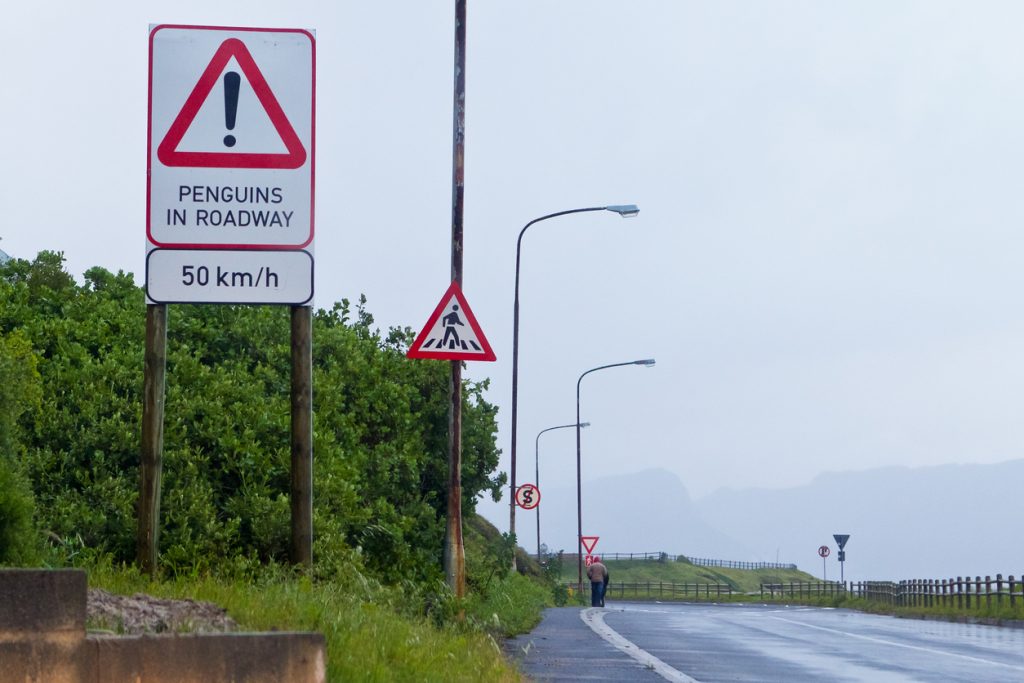
Above: Penguin Road Sign, South Africa
Keep an eye out for animals on the road in the Eastern Cape especially.
Most cars in South Africa run on petrol. There are a good number of fuel stations along highways and in all major cities and towns.
There are petrol attendants who will fill you up, bring the credit card machine, and wash your windows. They’ll even check your oil and water levels and tire pressure.